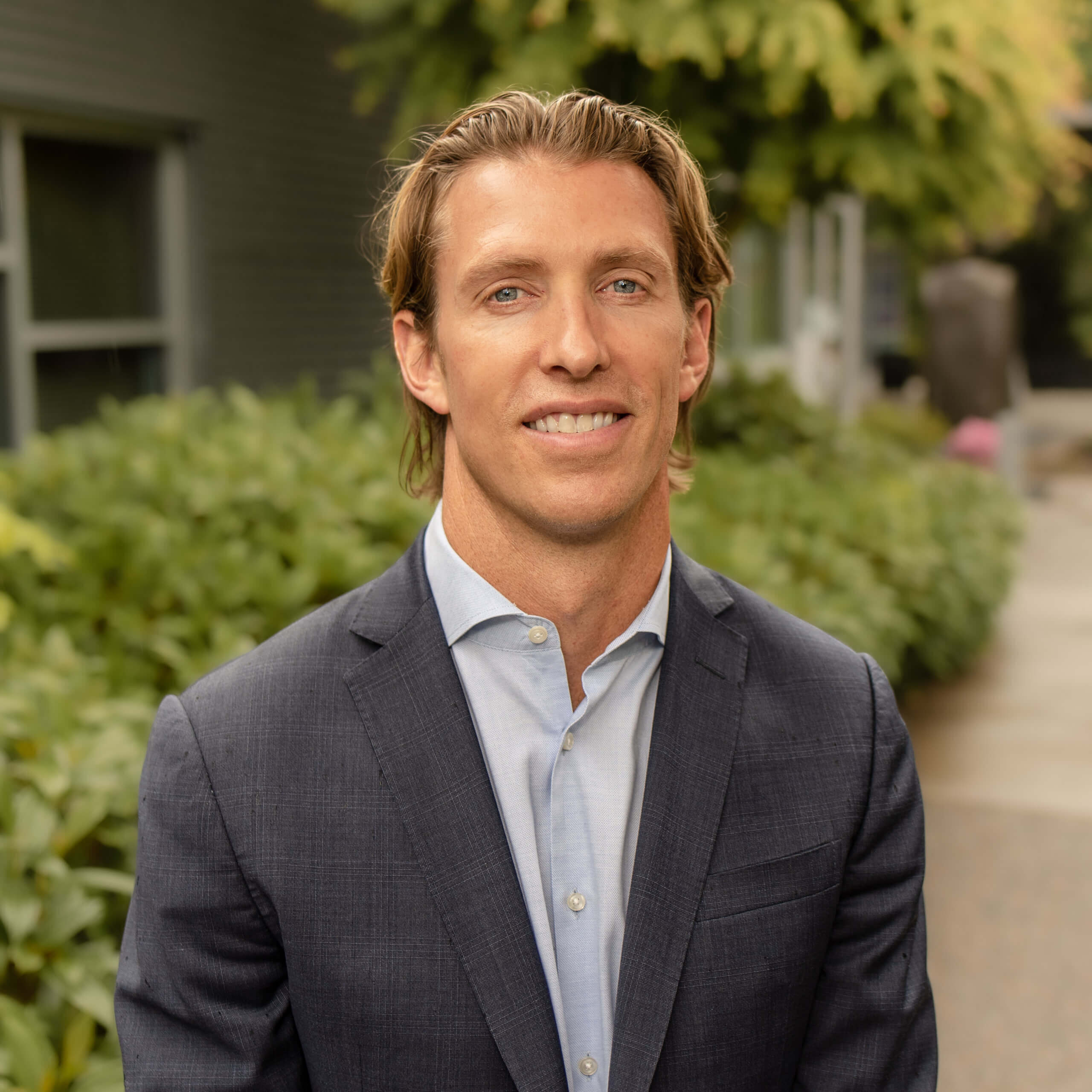Oculoplastic Surgeon for Eye Plastic Surgery at Clarus Eye Centre
What does an oculoplastic surgeon do?
Our oculoplastic surgeon (also known as an ocular plastic surgeon) specializes in eyelid and facial plastic surgery. Eye plastic surgery can address a variety of conditions such as Graves, orbital fractures, ptosis of the eyelid, congenital malformations and tumors, and disorders of the tear ducts. Learn more about our eyelid and oculoplastic services below!
Patient Education

About Dr. Blake Perry
Oculofacial Plastic and Reconstructive Surgeon
Dr. Blake Perry grew up in San Diego, California before moving cross country to the East Coast to become an Ivy Leaguer. He attended Princeton University, where he also played football and accumulated several awards, including: The Harland “Pink” Baker Award in 2000 for the freshman defensive player of the year; The Dr. Harry Roemer McPhee Trophy, the school’s outstanding player award, in 2003; and the prestigious All-Ivy Football Selection in both 2002 and 2003. Dr. Perry also demonstrated academic excellence during his time at Princeton, graduating with honors with a bachelor’s in political science. After earning his medical degree from the George Washington University School of Medicine, he completed his ophthalmology residency at one of the nation’s top programs, the University of Iowa. Following residency, he received the elite opportunity to pursue training in Oculofacial Plastic and Reconstructive Surgery via a two-year fellowship sponsored by the American Society of Ophthalmic Plastic and Reconstructive Surgery (ASOPRS) at Oregon Health & Science University in Portland, Oregon. After fellowship, Dr. Perry returned to Southern California to practice ophthalmology and oculoplastic surgery before relocating to the beautiful Pacific Northwest. He joined the Clarus Eye Centre team in 2018.
Dr. Perry specializes in aesthetic plastic and reconstructive surgery of the face, eyelids, orbit, and lacrimal system. His training makes him an expert at performing facial plastic and reconstructive surgery, as well as addressing issues (like tearing management) that require an in-depth understanding of how to care for the delicate tissues and structures that surround the eye, such as the tear ducts and orbit. Dr. Blake Perry is certified by the American Board of Ophthalmology and is a fellow of ASOPRS. He is a member of the American Academy of Ophthalmology and the Alpha Omega Alpha Honor Medical Society. He has also served as a leader of the medical community on the Board of Trustees for Pierce County Medical Society since 2019.
For leisure, Dr. Perry enjoys spending time with his wife, Shawmonee, and their four kids, which includes coaching his children’s athletic teams, anything related to the outdoors, and sports, such as tennis, basketball, golf, and hiking.
